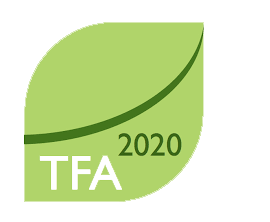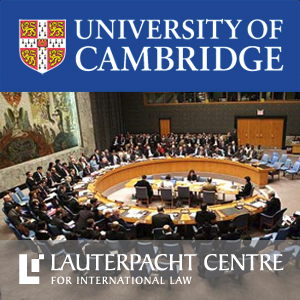Over the last two years, breakthroughs in global policy and corporate behavior have encouraged sustainable land use: In 2014, a number of leading companies committed themselves to achieving zero deforestation; in 2015, world leaders agreed on ambitious new climate and development goals – goals which cannot be achieved if deforestation continues and millions of smallholders lack access to markets and financial services.
Finance experts estimate that billions of dollars are ready to be invested in sustainable landscape. Yet funds rarely reach the landscape level, while those seeking sustainable investment opportunities complain about a lack of viable projects.
Risk is a key factor in the “sustainable investment puzzle”:
- Investors and companies alike shy away from (perceived) high risks associated with these new types of investments, based on an unclear understanding of how opportunities can be operationalized.
- Smallholders and others working on the landscape level face a different set of risks, related to high credit rates, insufficient financial literacy, shifts prices but also climate-related hazards.
- Yet, risk can also constitute an enabling factor for sustainable landscape investments – for example if it is used to capture the environmental and economic costs of inaction.
- Bringing together the day’s various strands of discussions, closing plenary speakers will explore the strategic interventions needed to support and de-risk sustainable landscape finance.
Key questions for this discussion can include but are not limited to:
- Which factors influence decisions of mainstream investors, such as banks?
- What information is needed and what conditions have to be in place to make land use investments more sustainable?
- What needs to change in finance thinking in order to enable a shift towards more sustainable landscape finance?










































